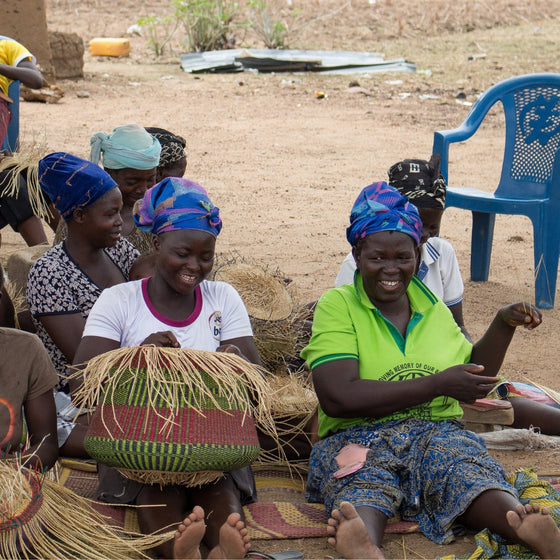
If you're anything like me, and apparently like a lot of Australians, we tend to buy a LOT of clothes. Particularly for our kids. I do confess, I love to support other small businesses, especially handmade clothes, and this sometimes leads to an out of control wardrobe for my kids! Kids outgrow clothes so quickly. We do not want these clothes to end up as landfill so what are our options for re-use or recycling?

Producers of an upcoming TV series on waste dumped this clothing mountain in Sydney's Martin Place earlier this year to demonstrate the scale of our disposable fashion habit.
If you don't have younger relatives that can take on some hand-me-downs then the first option that often springs to mind is packaging up the clothes into a plastic bag and dumping them into the closest clothing bin. In 2015-16, 170,000 tonnes of items were donated via charity-operated donation bins. There, done and dusted, out of sight, out of mind. But are these clothes actually going to a worthy cause?
Some people might not be aware of this but not all clothing bins are actually owned and operated by not-for-profit organisations. If you opt to donate your clothes to the local clothing bin, make sure to check the labelling on the outside of the bin. There are commercial companies that own some of the bins and actually sell the clothes for profit onto third parties as rags or overseas to be sold on the second hand clothing market. I know everyone has to make a living right? But is this where you expected your clothes to go? Didn't you want to contribute to a greater cause? Some bins can be misleading.
Of course, we fully support the donation of clothes to our hardworking not-for-profits who use good quality clothing to sell in their stores and raise funds for great causes, such as The Smith Family, Red Cross, Salvos, Vinnies, Red Nose to name a few.
We regularly run clothing collection campaigns within our local community and schools to collect good quality second hand clothing. We are always taken back by the generosity shown.
We sort the clothes and find most are of high quality that can be re-worn again. These are bundled up, boxed and shipped to Ghana. The clothing is then distributed to families in need.
We are also aware of the fact that donations can be detrimental to stimulating economy, particularly economies in developing countries that do partly rely on a huge second hand clothing trade.
This is why we are open to collecting adult and children's clothing, shoes, handbags etc. and a portion are also donated to merchants (not sold!) who can then on-sell the second hand clothing to generate income to support their family.
Consideration must be given to all circumstances and situations.
For more information on donating to Ghana, please see The Adinkra Project.
Here are some images from our recent trip to Ghana. Clothes from our recent collection were distributed among children in need in a small village, Pepease.

The queue to collect second hand clothing donations was far and wide.

Handing out second hand clothing to the children of Pepease, Ghana.


The children just love to pose for the camera! They are the reason we do what we do!
Comments will be approved before showing up.
Explore what truly defines a Bolga Basket. Each Bolga basket is a piece of individual expression. The designs, colours, shape and technique is unique to the weaver who handcrafted it. Each basket is an interpretation of life in Ghana, West Africa. Mothers are weaving while cooking, feeding, nursing, cleaning, schooling their children. Fathers are weaving while growing crops and brothers and sisters are watching, learning and developing their own take on the craft. It’s a balance of life and artistic feeling.


